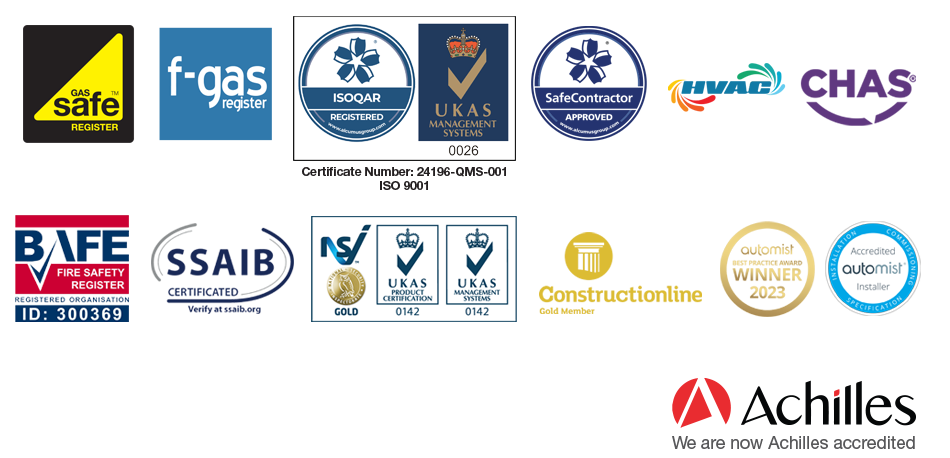If you’ve been watching the news recently (or at any point over the last few years), you probably know that the environment is one of the most important issues in the world right now. And the message being sent is very clear – everyone, no matter how big or small, rich or poor, can do something to improve the state of our environment. That includes your business! One of the big (yet simple) changes your business could make is to cut your carbon footprint, and businesses have been encouraged to do this as part of their sustainability efforts for some time. But how do you work out what your carbon footprint is in the first place, and what can you do to reduce it?
What Is A Carbon Footprint?
Put simply, a carbon footprint is the amount of carbon dioxide and other greenhouses gases (GHG) our business produces, both directly and indirectly, in order to build and operate a product or service, as well as running the business itself. Greenhouses gasses are the main aspect we look at when working out our carbon footprint, and these are the gasses that make the planet warmer by trapping heat in the atmosphere. They include:
- Carbon dioxide (CO2), which occurs when fossil fuels are burned, and accounts for the majority of emissions in the developed world.
- Methane of CH4, which mainly comes from agriculture, livestock and landfill.
- Nitrous Oxide (N2O), which is about 300 times more potent than CO2, but is produced in much smaller quantities by farming and refrigerants.
- Fluorinated gasses like hydrofluorocarbons or HFCs, which are used in air conditioning.
- Sulfur hexafluoride of SF4, which is very potent an often found in electrical engineering, production or insulation.
While these are the main offenders, there are all sorts of other greenhouse gasses your business may be producing, and these all need to be taken into account when working out your carbon footprint. And it might surprise you to know that the main culprit of CO2 production within businesses is often the buildings themselves, and the energy it takes to heat, cool and ventilate them.
Where Do I Start?
So, where you do start in working that out? Well, your carbon footprint needs to capture greenhouse gas emissions output form your business on an annual basis, so your first step will be collecting data from within your business. This will come from a few different places, including travel, logistics and operations. The essential information you will need to gather includes energy, gas and water details, along with business travel data.
This information will typically fall within 3 ‘scopes’ for the Greenhouse Gas Protocol, which are:
Scope 1: GHG emissions from fuel combustion, vehicles and fugitive emissions (like refrigerants or nitrogen fertilisation) that are directly within the organisation’s direct control.
Scope 2: GHG emissions related to the production of electricity, heat and team purchased by the organisation.
Scope 3: Other indirect GHG emissions that weren’t included in Scope 2, but are related to the businesses wider activities and come from GHG sources owned or controlled by others. This includes emissions related indirectly to the use of consumer goods associated with transport and waste treatment, along with the travel of employees and visitors and things like upstream raw material production.
It can take a lot of time to collect all the data you need from those sources, and many businesses need some support in doing this, particularly when you need to get data from third-party sources. But don’t worry – we can help you with all of that!
What Do I Do With The Data?
Next up you will need to select the appropriate emission factor for each emission source in order to calculate the tonnes of CO2 emitted (tCO2e). Make sure the data you use is for a consistent time period to get the best results here – so if you’re looking for annual numbers, all of your data should come from within the same time periods. This will give you consistent results and make it much easier to work out what you can cut back from where.
Once you have your data laid out, you will need to select a methodology for your footprint that is most relevant for your organisation and your ambitions. You can choose to conduct a basic footprint using a carbon calculator spreadsheet, or you can adopt an internationally recognised standard to work towards. The choice you make will depend on the data you’ve collected, as well as what you plan to do with the findings.
One of the ways you can do this is by looking at the heating, ventilation and air conditioning systems in your buildings. If you are still running gas boilers, or old, inefficient air conditioning, these could be contributing significantly to your carbon footprint. Luckily, they are easily dealt with. By installing heat pumps as an alternative, you can cut your carbon emissions by up to 90% – or more if you power them with solar panels. If you would like to know more, just get in touch with the team today for your free site review.

